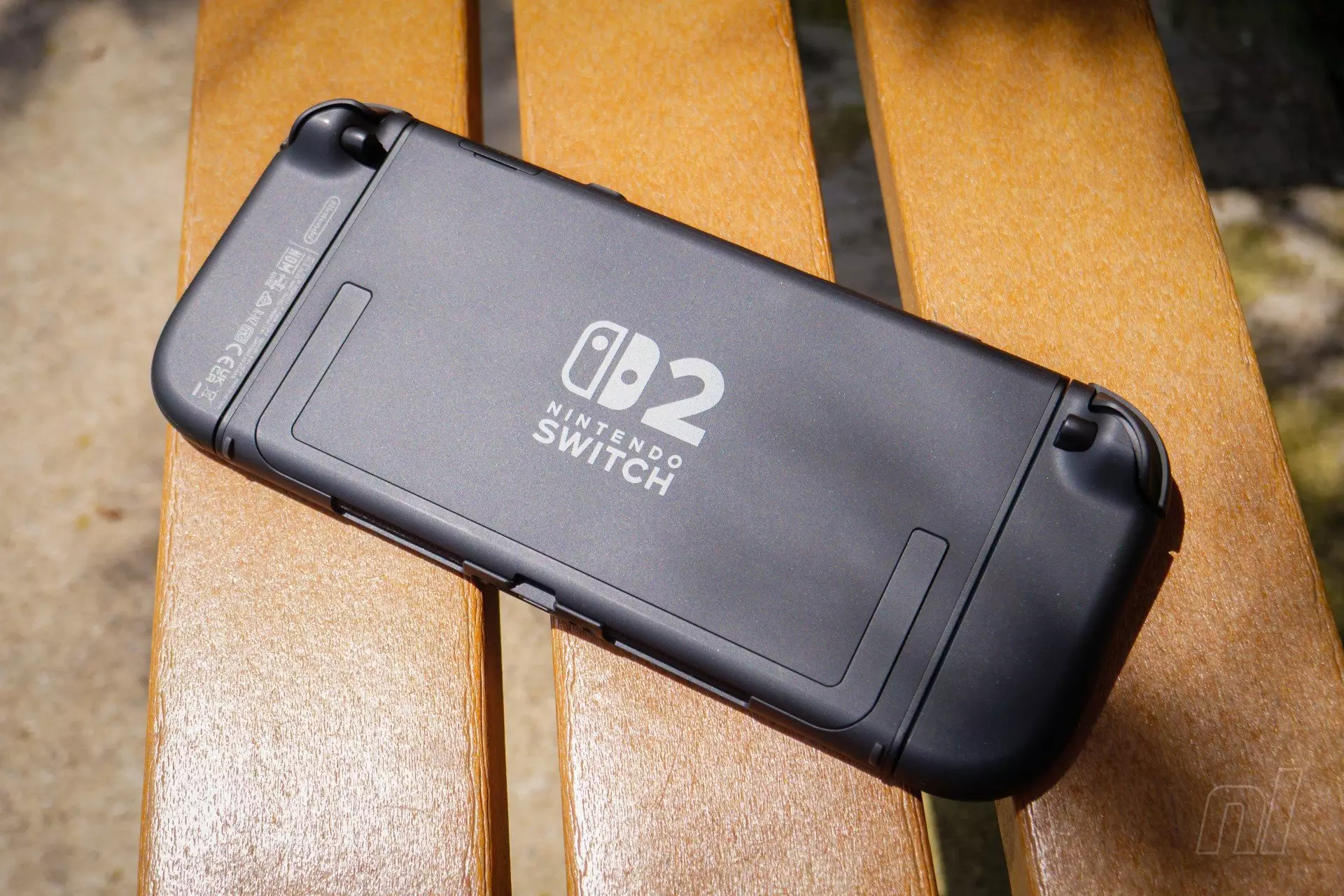In the evolving battlefield of video game ownership, Nintendo’s recent policies mark a significant shift that blurs the lines between legitimate use and enforcing digital sovereignty. While the company remains committed to protecting its intellectual property, its aggressive approach to policing secondhand sales and banned consoles raises pressing questions about fairness and consumer rights. This tension underscores a broader trend: companies exercising tighter control over their ecosystems at the expense of user autonomy. The recent incidents involving Nintendo Switch 2 consoles exemplify a strategic, yet contentious, effort to combat piracy and counterfeit copies, but they also generate a side effect—penalizing innocent buyers caught in the crossfire.
The core issue lies in Nintendo’s use of console and game identification systems to detect unauthorized activities. When a Switch 2 detects a game originally purchased on Switch 1—especially if the game or console has been previously associated with piracy—the system may trigger an automatic ban. What complicates matters is that these bans extend beyond illicit activity; they can ensnare legitimate users who acquire secondhand hardware or games that have been tampered with in the past. Such measures turn the buying and selling of used games into a high-stakes gamble, effectively disrupting the secondary market and marginalizing ordinary consumers.
Exploiting Digital Traces and Unique Identifiers
Nintendo’s reliance on digital fingerprints and unique device keys creates a landscape where every game and console is tracked with meticulous precision. When a game cartridge, bought secondhand, was previously used with unauthorized software or pirated on another console, its data footprint becomes a red flag. Nintendo’s servers monitor these footprints in real time, aiming to detect irregularities, such as multiple consoles accessing the same unique key or unusual activity patterns. While this strategy aims to protect intellectual property, it inadvertently punishes users who unknowingly purchase compromised cartridges or secondhand devices with a legacy of illicit use.
This enforcement tactic becomes even murkier when considering the grey area of secondhand sales. Legitimate buyers, eager to save money or find rare titles, may find their consoles banned overnight simply because the previous owner’s actions left a digital trail. Nintendo’s approach, therefore, shifts the burden of proof onto consumers, requiring them to justify their innocence in a process that often feels opaque and arbitrary.
The Human Element and Consumer Resilience
Despite the seemingly draconian measures, some users have successfully navigated Nintendo’s ban system by appealing directly to customer service representatives. As recounted by users like dmathey, going through a manual review process—providing proof of purchase, chat history, and evidence of legitimate ownership—can sometimes restore access. This workaround, albeit precarious, highlights a critical aspect: the power dynamic still heavily favors the corporation. Consumers must often jump through hoops, document every transaction, and rely on personal advocacy to reclaim their devices.
However, this process raises questions about systemic fairness. Nintendo’s willingness to lift bans in cases of genuine ownership suggests the policy might be overzealous in some instances. Yet, the underlying message remains clear—if you play by Nintendo’s rules, the company’s stance is strict but protestable; if not, you risk losing access entirely. For buyers of secondhand games, especially from unofficial channels, this creates an atmosphere of uncertainty and mistrust that undermines consumer confidence.
Implications and the Future of Gaming Ownership
Nintendo’s rigorous enforcement sets a precedent with far-reaching implications. It signals a shift toward more closed, tightly controlled ecosystems, where ownership isn’t quite ownership at all, but rather a license tethered to digital management systems. While this approach might serve to protect their revenue and intellectual property, it also diminishes the consumer’s sense of control and security. As the secondhand market becomes increasingly precarious, gamers are encouraged to think twice before purchasing used titles or consoles, possibly driving the market underground or toward alternative means.
Ultimately, the question remains: is this strategy sustainable or just a short-term fix for piracy? If history is any guide, heavy-handed enforcement often generates more resentment and leaks of pirated content rather than curbing illicit activity. For Nintendo—and other console makers heading this direction—the challenge lies in balancing security with fairness. Otherwise, the risk is alienating a core segment of their community, fostering frustration, and eroding trust in a brand that once celebrated its accessibility and fun.

